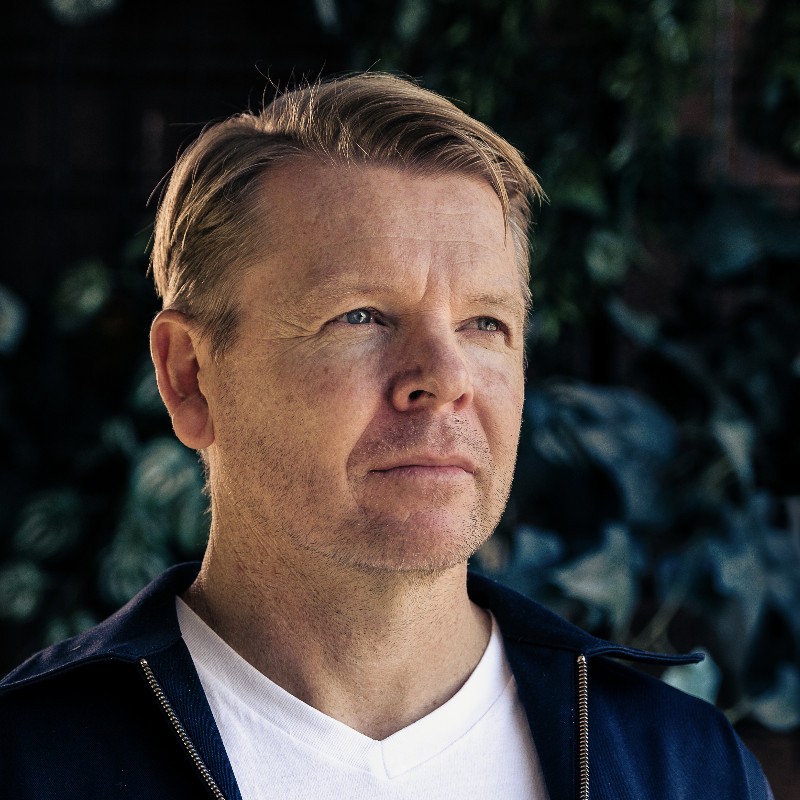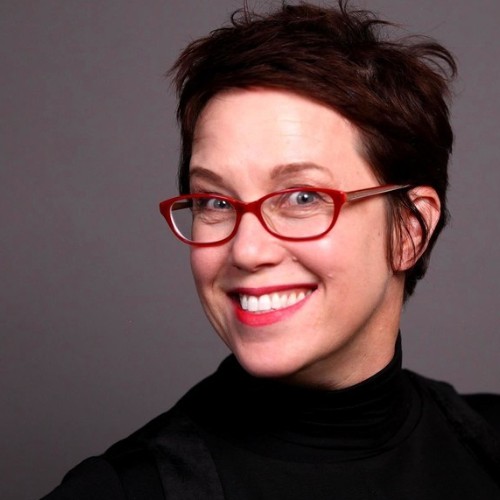As a junior creative (or junior anything), the prospect of failure in the workplace can be daunting. Your career feels new, valuable and very, very fragile. You might worry that one misstep could derail your progress (and, I’ll be honest with you, if it is serious enough*, it will). However, learning to handle a fail, potential failure or under-delivery is a crucial skill that will serve you throughout your career. Mainly because you’re almost certainly going to find yourself failing or under-delivering. We all have. We all still do.
Here are a few lessons I've learned either the hard way (direct experience) or the preferred way (observing someone else's experience) that can help you minimise the damage and turn these inevitable fumbles into genuine opportunities:
- Communicate early and often:
If you sense you're falling behind or that your work isn't meeting expectations, don't wait until the deadline. Put your hand up as soon as possible. Explain the situation and be clear about what you think you need (time, advice, technology, a partner) to get back on track. You'll demonstrate professionalism and give your leaders time to help you avoid a crisis. - Seek help and collaboration:
If you don't want to alert ‘the boss' just yet, ask for help from colleagues or mentors. Creative work, in particular, is often a collaborative enterprise and fresh perspectives can help you find new solutions. Ask a colleague you trust (if you can) but remember that just the act of asking for help is a brilliant trust-builder. - Focus on solutions, not problems:
Come prepared with ideas or alternatives, even if they don't seem completely feasible at the moment. Show your initiative and problem-solving skills by asking for advice instead of a bail-out. Leaders genuinely appreciate being given options and being asked for specific help, rather than having ill-defined problems dumped in their lap. - Learn to manage expectations:
Be realistic about what you can deliver and by when and be aware of the impact of saying ‘yes' to other opportunities or tasks will have on the bandwidth you can devote to your main game. It's better to under-promise and over-deliver. If you need more time or resources, make a clear, justified request. And do it early. - Embrace iteration:
Understand that first drafts are never perfect. Be open to feedback and be willing to refine your work. View critiques as opportunities for improvement, not personal attacks. It's like taking the time to read a map or ask for directions in a new city, versus the time it takes to jump on the wrong train, then having to come back and start again. - Document your process:
You don't have to keep detailed, lawyer-quality notes, but a running journal of your working process can help you explain your approach if the project starts to flounder and leaders start asking who was steering the ship. Make notes of the options you considered and the reasoning behind your creative decisions. - Stay calm and maintain perspective:
Remember that even seasoned professionals face setbacks. If you are easily stressed by challenging scenarios, invest time to develop your own coping strategies for anxiety and disappointment in the workplace. This might include mindfulness practices, exercise, or talking with a trusted friend or mentor. - Conduct a personal post-mortem:
After the project, regardless of the outcome, reflect on what you've learned. Review your notes or journal entries. What would you do differently next time? How can you apply these lessons to future work? A leader once told me: “We pay for our mistakes, but we always keep the receipts.” - Celebrate your wins:
Acknowledge your progress and successes along the way, no matter how small. This helps maintain motivation and helps make setbacks appear smaller, too.
“Your ability to handle challenging situations professionally and to learn from them is just as important as your specific creative skills. Many leaders (the good ones, at least) value this ‘resilience and growth' mindset just as much as they value your creative thinking and quality execution. Maybe even more.”
Now, advice to those good leaders.
You’re the flipside of the failure coin for your team. How you set your team up for success, and how you respond to the lack of it, will have profound impacts on their careers.
Profound.
It’s easy to say, but the most critical step is to work with our leadership peers to reframe how we view failure within our organisations and then be relentless in communicating it across the company—not just our own teams.
The belief that failure can be a stepping stone to success comes from adopting a growth mindset.
When we view challenges as opportunities to learn and grow for ourselves, we're more likely to take calculated risks and encourage our teams to do the same.
Translating your own ‘position on failure’ into a wider cultural shift requires a degree of vulnerability. As leaders, we should be open to discussing our own failures and what we've learnt from them. This vulnerability not only humanises us but also sends a powerful message:
It's okay to take risks and fail, provided the risks are calculated beforehand and we learn from the failure itself.
A practical step is to implement a “no-blame” policy when projects don't succeed. Be careful our post-mortems don’t become blamestorms. Yes, ask ‘What went wrong?’ but move on to what can be learnt and how to use our ‘receipts’ to improve our odds of success on the next project.
Reward the risks taken, the efforts applied and the improvements gained—not just the successful outcomes. Recognise team members who work to bring innovative ideas to the table, even if those ideas don't always pan out. Be overt in rewarding a culture of creativity and experimentation, but make sure the smaller contributions and quieter contributors get their flowers, too.
Creating safe spaces for experimentation is tough in any commercial organisation, but the most successful innovators have genuine metrics for this (think R&D budgets). Setting aside time and resources for “play” projects that don't have immediate client applications allows creatives to explore new ideas without succumbing to the pressure of client expectations or tight deadlines by defaulting to the safe or expected concept.
We can extend this ‘safe space’ into live projects by educating our clients about the creative process and inviting them to be close observers or participants. When clients understand that great ideas are usually born of risk and almost always emerge from multiple attempts and refinements, they're far more likely to grant our teams the space needed to develop them.
I will, however, add a caveat: don’t waste time ‘pulling on the rope’ when involving clients in the pursuit of creativity.
Don’t assume that, because we are rewarded for taking risks and pursuing ideas at work, they are too. Some clients simply aren’t (and can’t be made to be) interested in creativity in a commercial setting. Focus on the ones that already are.
As leaders, we must also be prepared to stand by our teams when failures occur. Use these moments to demonstrate support and reinforce the idea that setbacks are part of the journey towards excellence.
“One leader who taught me a great deal early on in my career said it was his policy to hand the next important task to the last person who had just f^%$ed up.”
Yes, he believed in ‘second chances’, but he also wanted to take advantage of that person’s burning desire to prove to him that they had made a one-off mistake and they could be trusted to deliver (and then some). When I asked this leader what if the employee repeats the mistake they were quick to state they didn’t believe in ‘third chances’.
Ultimately, if our teams are afraid to fail, our teams will be afraid to learn, grow or innovate.
Our success as creative leaders isn't measured solely by how often we succeed, but by how effectively we (as individuals and as teams) learn and grow from our failures. By creating an environment where failure is seen as a natural part of the creative process, we make it easier for them to access their full creative potential.
We foster resilience, encourage better thinking, create healthier workplaces and ultimately, deliver more of the type of work our clients are happy to pay for us to make—which sounds like the opposite of failure to me.
*None of the advice in this blog will help you if you’ve been wilfully negligent, irresponsible, disrespectful, offensive or outright illegal. But you’re not like that, are you?
Latest.

How to keep top talent: Strategies for successful onboarding
Hiring Insights, Ask Aquent, Training Resources

AI and the job search: What’s changed and how to come out on top
Technology, Job Seeker, Industry Trends

How Creative Ops Leaders are driving value in 2025 and beyond
Industry Trends, Leadership









